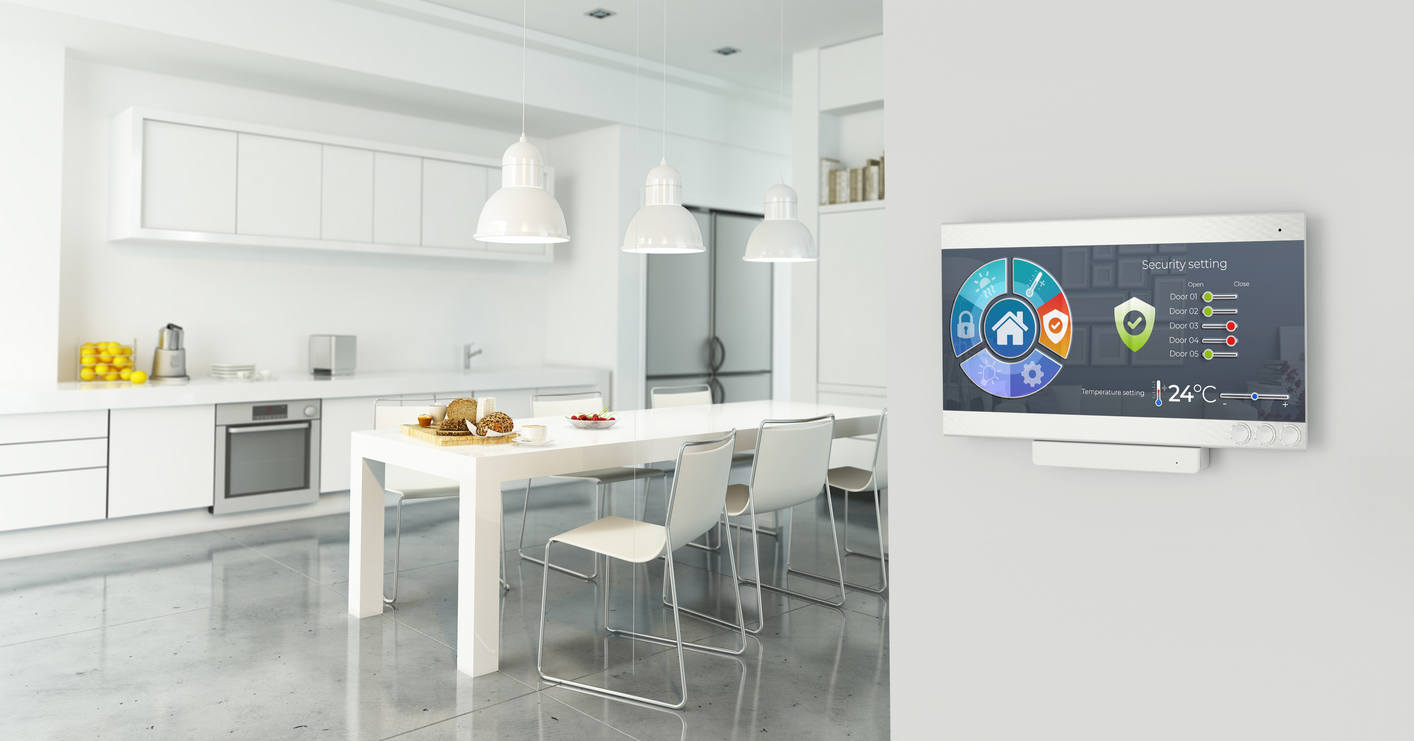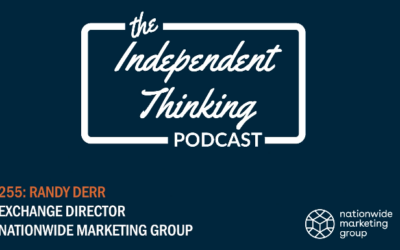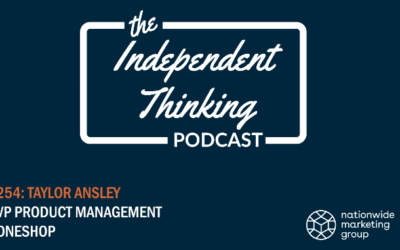I have the distinguished benefit of being a serial shopper and a floundering hobbyist. I find myself continually researching the nuances in an endless rotation of hobbies. During the research and education step, I relentlessly chop through the overgrowth of information to find the easiest path of entry to get me started on a new hobby. An unwavering hunt for that hobby “starter kit,” you could say.
However, as with all hobbyists, what inspires me to get started is the vision of what the pinnacle of the hobby looks and feels like. From RC cars and fly fishing to PC packages and home theater systems, my hobbies have been riddled with stop-and-start love/hate relationships because, while I was able to find the entry, I was never able to achieve the pinnacle. At the center of it, I always found a great retailer to fuel the hobby flame, a retail relationship that served the best balance of guidance to a simple path of entry while also igniting the aspirations of the hobby to take it further.
One of my hobbies over the years has been data. And because it is vogue to reference endless streams of data to rationalize and support a thought, the pendulum of retail art and science is swinging very heavily to the science side. I could bore you with data for days – let’s face it, data, at its core, is boring. That’s not to dimmish the importance of data in retail – it is necessary and required to compete in today’s retail planning, but it really is boring. So, instead, let’s focus on the art of retail for a moment, and how the hobby of the connected home is getting lost in the data.
Let me start with this: there is not a best-in-class, complete connected home retailer today. Let that sink in for a second. Wait for it. Ok, here it comes.
Yes, I agree that there are places where you can find a good selection of smart products. Yes, you can research the different brands and products online, and buy from those vendors directly. Yes, the convenience of having an app talk to you with prerecorded video and ship products directly to your doorstep is all there. But if you look at it, shop it and feel it today, most of retail is merchandising and presenting brand and price stories in the connected home space. That’s because that is what the data of retail guides us to do. If you take a moment to shop and feel it, a complete connected home experience that elevates the hobby in a multi-billion-dollar industry does not exist.
For a hobby category to succeed, it needs to excite the customer’s imagination of what is possible and tickle the desire of wanting to do more. Hobbies fueled by enthusiasts need retailers to excite and inspire them to reach out for more. To set up, to play, to upgrade, to have fun. A hobby needs retailers to position the hobbyist at the core of what is possible while simplifying the point of entry and making it easy for everyone to enter.
When I talk connected home with people, I struggle to find many who love to talk about how their home is connected and how much they are enjoying it. Too many times, the discussions turn to what cannot be done or the troubles they have had operating the system versus a race to explain how cool it is. There does not seem to be this underlying surge of people trying to recruit others into the connected home club. It feels like there is a big gap between the very happy custom integration smart home customer and the smart speaker connected home. The category lacks the hobbyist.
The connected home category is not going away, and as more suppliers invest R&D to bring connected features to their products, they will push retailers to deliver brand stories. Retail is the great storyteller, the great leader of inspiration and the great builder of hobbies. The connected home category needs retailers to deliver selection, service and support that will inspire the hobby of connected home.
This article was first published in the May 2021 issue of Retail Observer.




